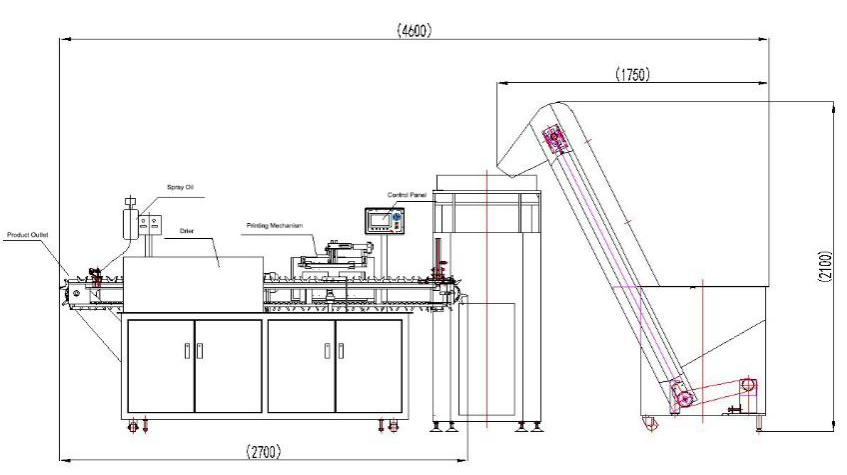Views: 0 Author: Site Editor Publish Time: 2025-03-19 Origin: Site








Did you know that 40% of product failures in plastic manufacturing are due to incorrect thickness measurements? Are you confident that your plastic materials meet the required standards? This guide reveals the most effective techniques to measure plastic thickness, ensuring your products are strong, durable, and compliant with quality standards.
Accurate plastic thickness is essential for:
· Product durability: Too thin plastic can lead to cracks or damage under pressure.
· Cost efficiency: Overly thick plastic can result in unnecessary material waste.
· Regulatory compliance: Many industries require specific thickness standards for safety and performance.
Inaccurate measurements can lead to material waste, defects, and product failures, affecting both cost and brand reputation.
Different applications require varying thicknesses:
· Thin-walled plastics are ideal for lightweight products but may have limited strength.
· Thicker plastics offer enhanced durability and resistance to impact but can increase production costs.
Finding the right balance between thickness and performance is essential for optimizing production efficiency.

Several tools are available for measuring plastic thickness:
| Tool | Best For | Advantages | Disadvantages |
|---|---|---|---|
| Calipers | Precise measurement of thin plastics | Affordable and easy to use | Limited for thicker materials |
| Micrometers | Thin to medium plastics | High accuracy, ideal for small thicknesses | Requires more skill and care |
| Ultrasonic Gauges | Thick or multilayer plastics | Non-destructive, fast measurement | Higher initial cost |
| Laser Thickness Gauges | Continuous production lines | Contactless, high-speed measurement | Expensive and requires calibration |
1. Choose the right caliper: Select a digital or vernier caliper for accurate readings.
2. Position the caliper: Place the caliper’s measuring arms around the plastic piece, ensuring they are perpendicular to the surface.
3. Take the reading: Read the measurement from the scale and note it down.
4. Repeat the process: Measure at multiple points to ensure consistency across the material.
Calipers are ideal for small parts and thin plastics but can be less effective for thicker materials.
For thicker materials or large-scale measurements, ultrasonic and laser thickness gauges are the preferred options. These tools use sound waves or lasers to accurately measure thickness without damaging the plastic, making them ideal for quality control in manufacturing settings.
· Ultrasonic gauges work by emitting sound waves and measuring the time it takes for them to reflect off the material’s interior.
· Laser gauges use a laser beam to measure the distance between the sensor and the surface of the plastic.
These methods are ideal for measuring multilayer or complex geometries with high precision.
1. Select Your Measurement Tool: Choose between calipers, micrometers, ultrasonic gauges, or laser gauges based on the material’s thickness and application.
2. Prepare the Plastic Piece: Clean the surface to ensure accurate readings and remove any contaminants that may affect the measurement.
3. Measure at Multiple Points: For consistency, take multiple measurements across the surface to check for uniformity.
4. Record Your Results: Ensure your results match industry standards or product specifications to ensure quality and performance.
By following these steps, you can confidently measure plastic thickness and maintain consistent product quality.

Measuring plastic thickness is essential to ensure product durability, reduce waste, and comply with industry standards. By selecting the right tools and following best practices, you can achieve accurate results that enhance performance and reduce errors.
Ready to ensure precise plastic thickness measurements for your products? Contact us today for more expert guidance and tools!
To measure plastic thickness with a micrometer, place the material between the micrometer’s anvils, ensuring a snug fit. Tighten the screw gently, then read the measurement on the scale.
For thick plastic sheets, ultrasonic gauges are the best choice. They provide non-destructive, accurate measurements even for multilayered materials.
To ensure consistency, measure at multiple locations across the material and use precise tools like micrometers or ultrasonic gauges. Regular calibration of equipment also helps maintain accuracy.